NINE years ago, Instagram didn’t even exist. Now the online photo-sharing platform is transforming businesses in remote NSW, allowing farmers to earn extra income and even attract a global market.
One such success story is Sarah Jane Bond, a knitted goods range created by Breadalbane farmer Vanessa Bell. She has drawn on her experience in fashion, finance and media to establish a product range that has an unashamedly high-end price point, and which is finding a small but willing market prepared to pay up to $695 for a baby blanket, or up to $1,000 for a blanket package that includes a range of baby clothes.
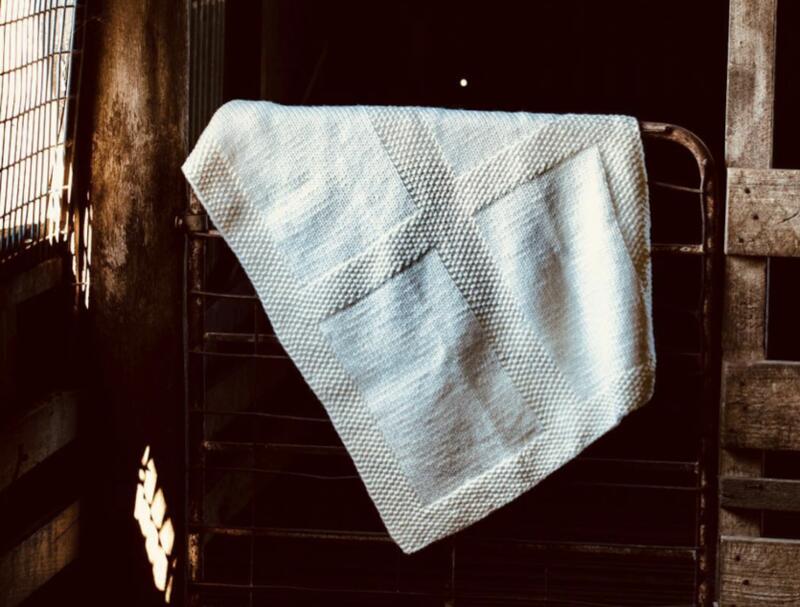 Sarah Jane Bond woollen blanket. Photo featured from: Sarah Jane Bond Baby Blankets Instagram.
Sarah Jane Bond woollen blanket. Photo featured from: Sarah Jane Bond Baby Blankets Instagram.
The former catwalk model, who worked with big fashion names including Comme des Garçons, Christian Dior and Armani, fell in love with wool early in her career. “One of the first photoshoots I did was with a double-breasted Merino blazer, and I saw how adaptable wool was,” Vanessa says. “When Nancy Pilcher was the head of Vogue and did a shoot in China, she took nothing but wool and it was clear to see what an incredible fibre it was.”
Hand-knitted pure Merino wool baby blankets fill a niche
When Vanessa’s son Charlie was born, she could only find wool-mix or machine-knitted blankets. There were no “proper woollen blankets with some weight in them”, and she was after something both warm and natural.
“My mother handed me a knitted blanket that was 80 years old,” Vanessa says. “It was the proper size for a cot or a pram and it had clearly survived well which showed the longevity of wool. I did some research and I thought that this was something that could fill a niche in the market.”
The blanket was created by the farmer’s great-grandmother, Sarah Jane Bond. “She knitted this blanket in 1940 for her granddaughter and now her great-great grandson is sleeping comfortably under it – so there could be no more appropriate name for the brand.”
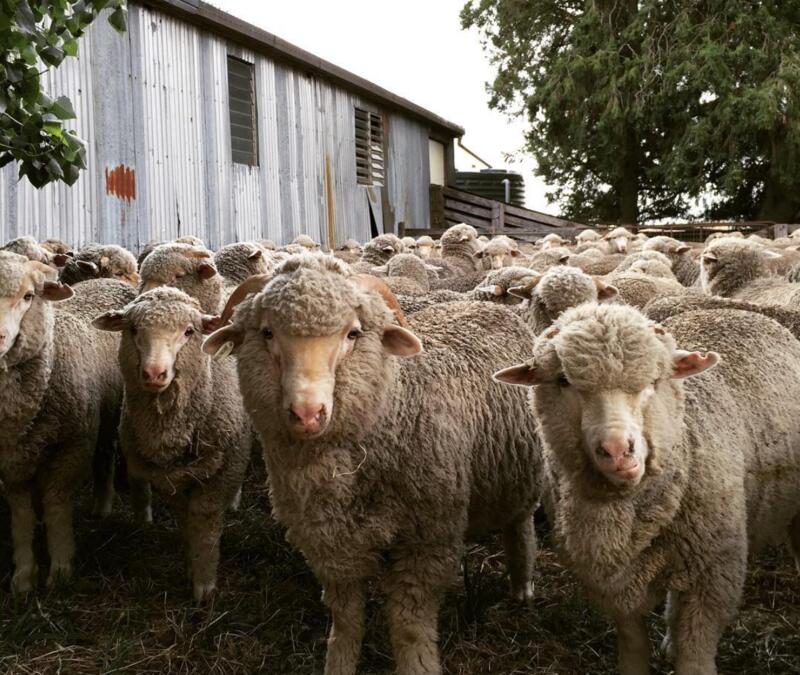 Sarah Jane Bone sources Merino wool from Bendigo Wool Mill. Plans are in place to start using wool from Greendale’s merino sheep.
Sarah Jane Bone sources Merino wool from Bendigo Wool Mill. Plans are in place to start using wool from Greendale’s merino sheep.
The irony was not lost on her husband Philip, a former wool grower who had switched into prime lamb production and cattle after years of depressed wool prices. There are now Merinos back on the couple’s home base of Greendale at Breadalbane, between Goulburn and Yass in South East NSW. However, they continue to run Dorper sheep and cattle at their property Wirchilleba Station at Gilgunnia, in Western NSW.
The country further west is better suited to running Dorpers, cropping and cattle, and given the tight seasonal conditions in that region, even that is a stretch at the moment. It’s another reason why Vanessa is keen to have an off-farm business, something that is completely separate to the farming enterprise but still draws on its roots.
RELATED ARTICLES:
Alpaca farmers fill a niche
Innovative Merino stud
She created the Sarah Jane Bond business in 2017, and put a call out locally in Gunning to determine if there were any knitters keen to help. That first call was overwhelmingly successful and many of the core group are still knitting for her.
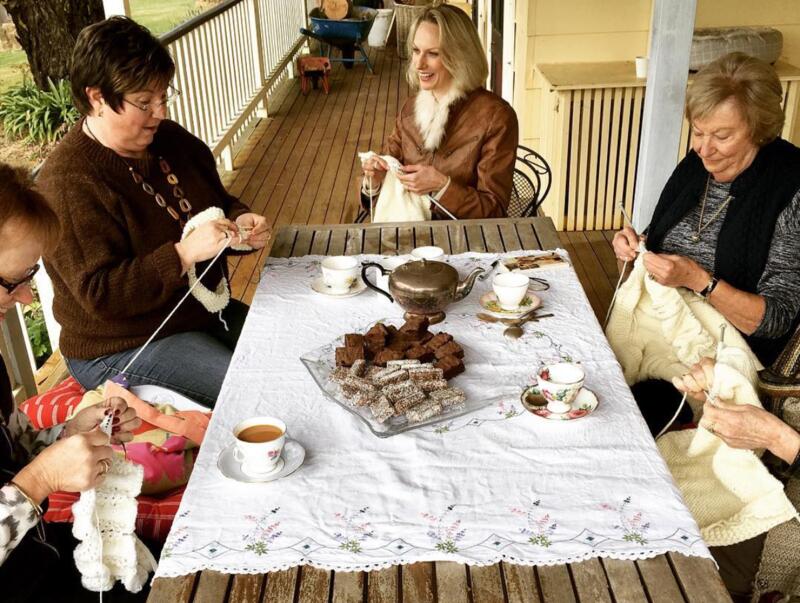 Vanessa with her local knitters Helen, Ros, Joanne and Denise. Her circle includes women who have been farmers or are married to farmers, bringing women together in the bush. Supplied by Vanessa Bell.
Vanessa with her local knitters Helen, Ros, Joanne and Denise. Her circle includes women who have been farmers or are married to farmers, bringing women together in the bush. Supplied by Vanessa Bell.
The price of the blankets – from $395 to the $695 package – reflects the time and effort and skill of the knitters. Vanessa buys the blankets on a finished basis at an agreed price with eight knitters in her fold.
“There are proud women involved, some of whom have been farmers so are so pleased to be doing something with wool,” she says.
There is no deadline and Vanessa puts no pressure on her knitters to complete blankets in any time frame. The effort is often seasonal, with the needles put down during the heat of summer but click away during the cooler months.
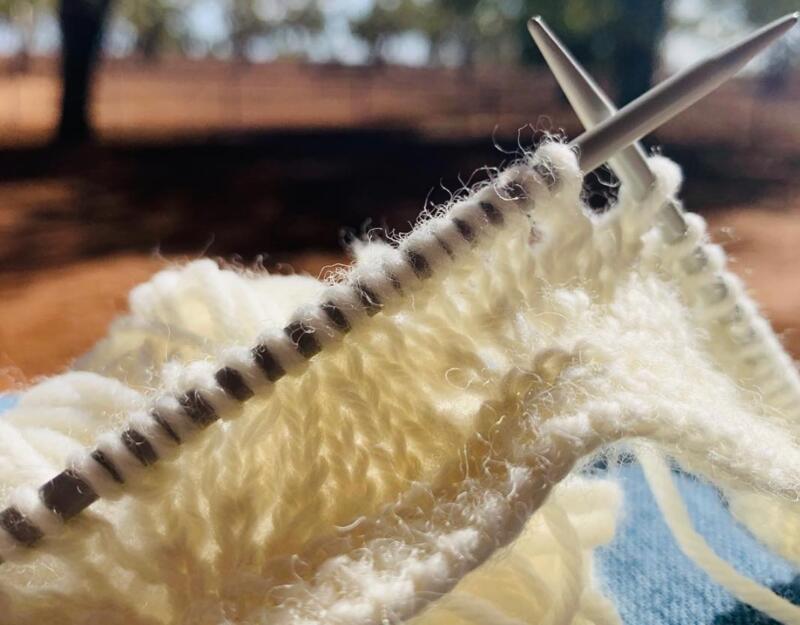 Local knitters, in their own time, supply Sarah Jane Bond with knitted blankets.
Local knitters, in their own time, supply Sarah Jane Bond with knitted blankets.
Making the blankets is one thing, but finding a market is another, and Vanessa concedes the business may not have taken off to such an extent even 15 years ago before the meteoric rise of online shopping.
Social media: ideal platform for selling products in regional areas
Her brand officially launched in October 2017 and she had her first sale that month from her
online store, where every subsequent blanket has also sold. Strong skills in this field (thanks to her time as a project director in media) means Vanessa finds ways to engage with her customers.
“The people who buy the blankets also buy into the story of how they are made. When you tell stories on Instagram, you are enabling the consumer to understand that you are the real deal, that you are passionate about your product,” she says (see the Art of Selling, below). She also uses clever tools – for example, all buyers of her blankets are required to first create an account. This provides her with a buyer database, which can be used for promotion purposes.
At the moment, the wool used to knit the blankets is sourced commercially through the
Bendigo Woollen Mills in Victoria, but there are already plans to use the 16-17-micron wool shorn at home. Vanessa is in discussions with a wool scourer, who will be able to process wool in an environmentally-friendly manner without the use of harsh chemicals.
“That is our big, long-term goal, to be able to offer paddock to blanket traceability and an ethical process.”
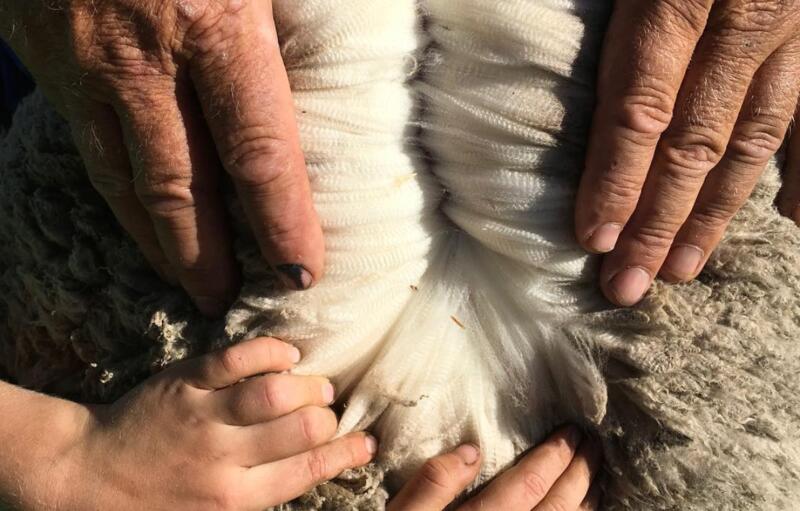 Complete traceability of Sarah Jane Bond’s products is a long term goal of Vanessa’s.
Complete traceability of Sarah Jane Bond’s products is a long term goal of Vanessa’s.
Vanessa has also started Knit Connect, where knitters are encouraged to share their skills at school. She’s already organised for knitters to visit her son’s primary school in Breadalbane.
The bottom line is important, too. Quick back-of-the-envelope sums show that a sheep from their farm will cut a fleece worth $70 that could end up as a blanket selling up to $700. But there is a massive amount of cleaning, scouring, grading, sorting, carding, spinning, knitting and sewing and marketing to get the product from sheep to shop.
RELATED ARTICLES:
Ethical wool production
Safety in shearing industry
Cashing in on the wool boom
The Art of Selling: Tips for online businesses from Vanessa Bell
- Ten years ago, farmers selling value-added handicrafts had the options of market stalls or local tourist shops. Vanessa has only ever sold online.
- Her digital platforms include a website, Facebook and Instagram accounts and the video channel YouTube, where gaining an audience and subscribers equates to potential revenue.
- “Strategically leveraging various media channels and platforms has allowed the brand to build a customer fan base, with Instagram being the most engaging channel,” Vanessa says.
- Social media engagement with her brand is tracked, with 363 following Sarah Jane Bond on Facebook and 619 on Instagram. “We focus on a quality fan base – the brand sees value in 1,000 interactive fans championing the brand versus 5,000 people ‘stopping by’,” she says.
- “Instagram is the most effective platform for visual content with the added benefit of ‘Instagram Stories’ exposing the brand to increased exposure,” she says. “There is also the opportunity to boost posts via advertising.”
- Vanessa says it is critical to engage customers online and then analyse the data to learn more about who is buying or looking at the brand’s products. Vanessa engages the customers through still photography and eye-catching videos, which she creates with
the help of paid-for online marketing tools such as Ripl or Content Samurai.
- Video is king. “Followers prefer video over still content,” she says. “Google, Facebook and Instagram algorithms favour video from a search perspective.” This means that by posting videos, more people are directed to your content.
- Use hashtags – keywords that allow users to search posts by specific themes –
to expose your brand to new customers. Vanessa says it’s also important to take note of high-volume impressions – the number of times content is delivered to your viewers – as well as the reach, which is the total number of people who see it. These numbers can vary due to the hashtags used, the time you post and the type of content shared.
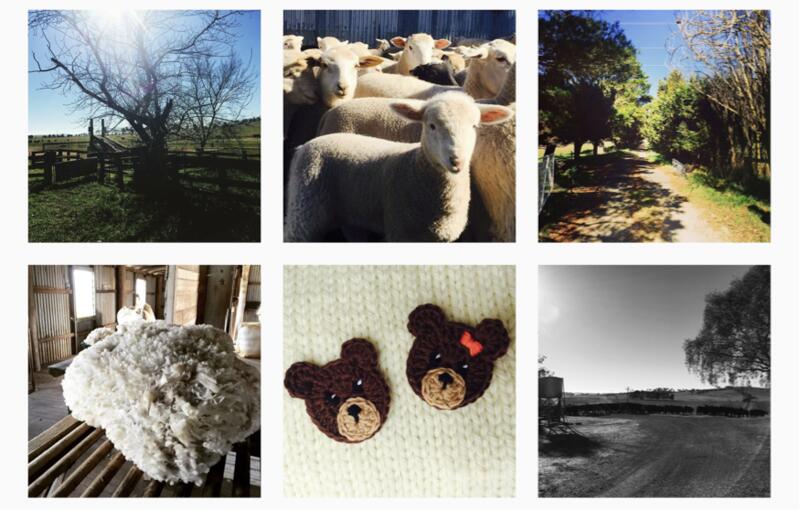 Vannessa uses Instagram as a tool to engage with customers and find new ones. It’s an affordable way to tell stories and help customers learn more about her business.
Vannessa uses Instagram as a tool to engage with customers and find new ones. It’s an affordable way to tell stories and help customers learn more about her business.